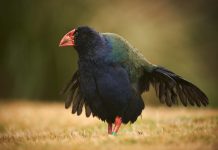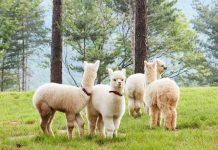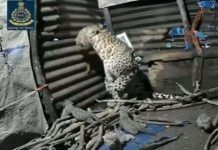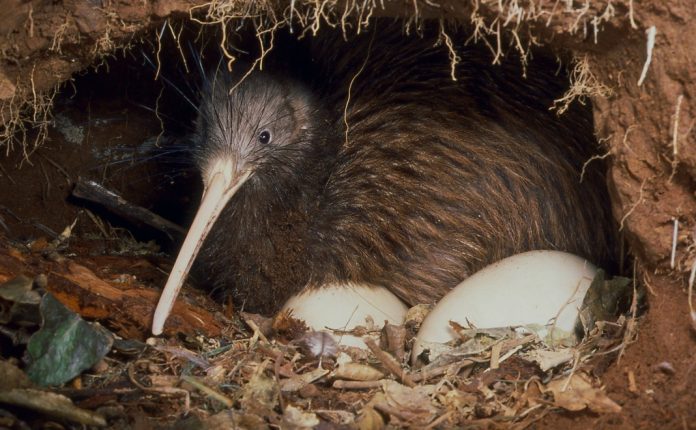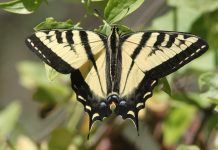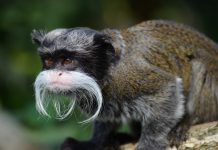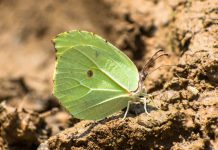The brown kiwi is one of our most common kiwi species which belongs to family Apterygidae. It is endemic to the New Zeland. This flightless, forest-dwelling bird is nocturnal, hiding by day in a burrow or cavity and feeding at night. Its eyesight is poor, but it has a good sense of smell and its nostrils are placed at the tip of the bill. Sensory bristles at the base of the bill also help locate food. The Kiwi probes the soil for worms and other invertebrates, also eating some seeds and berries. It can run fast but is always unobtrusive. The call is a high, whistling sound. The female lays one or two large eggs, each about one-fifth of her body weight. The male incubates these, hatching out the feathered, active young. This Bird holds the world record for laying the biggest eggs comparative with its body size.
According to IUCN Red List, The North Island brown kiwi is Vulnerable The major threat coming from predators, such as cats, dogs, and stoat (Mustela erminea). The population of this species is steadily declining by about 2–3% a year. Therefore experts estimate brown kiwi will be extinct in the wild within two generations Without proper conservation.
Length: 40 cm
Weight: 2 kg (male), 2.7 kg (female)
Nest
A bare hollow in a burrow in the ground, in a hole among tree roots, or in hollow log.
Distribution
Thinly distributed in new Zealand
Referance – Harrison, C., & Greensmith, A. (1993). Birds of the world.
Cover Photo – by Nga Manu Images on Flickr





